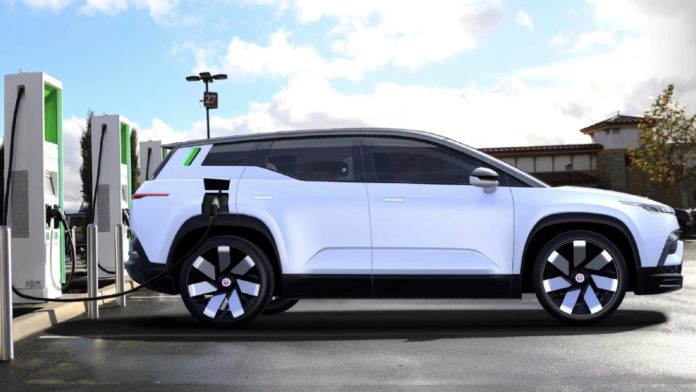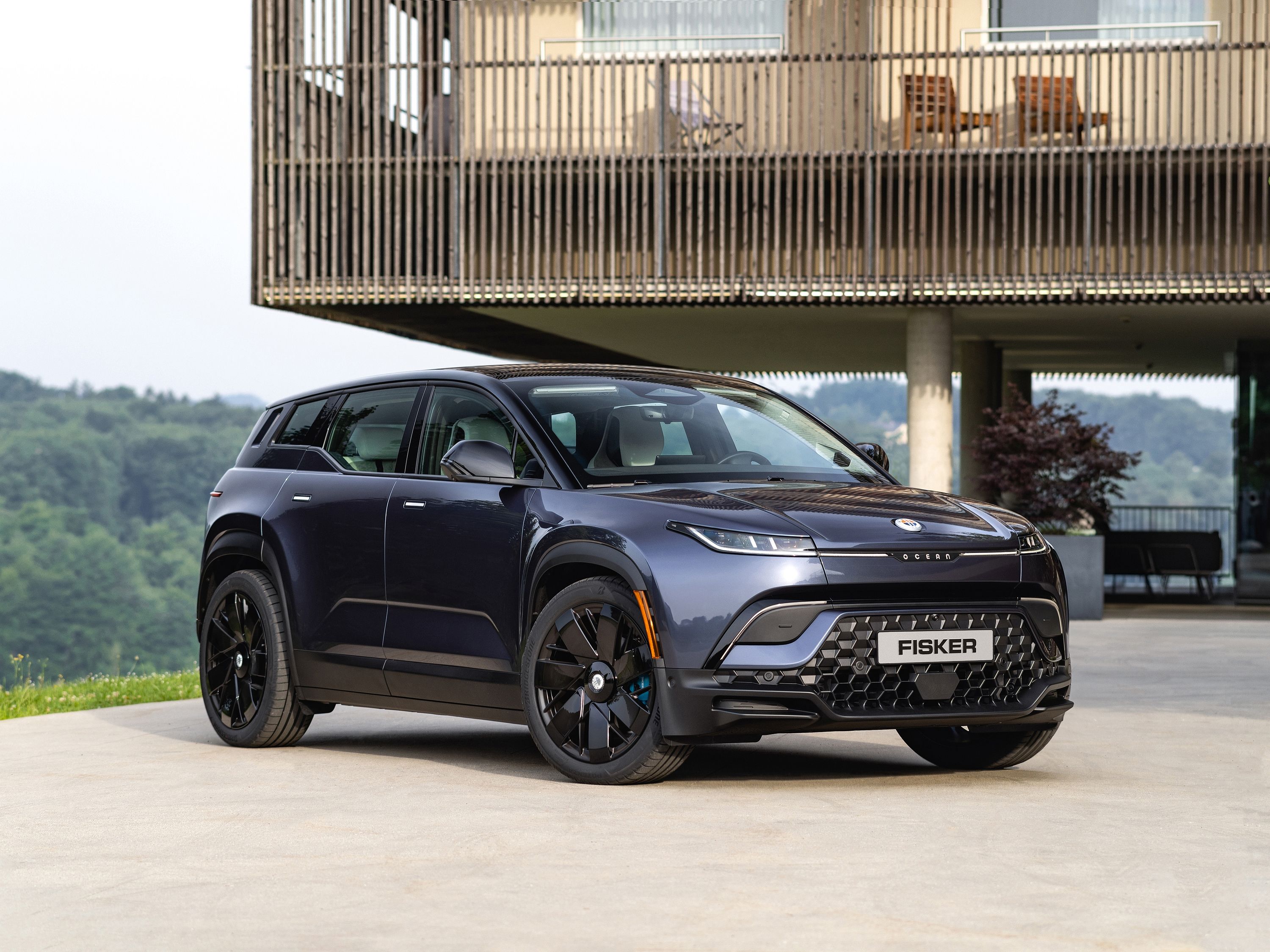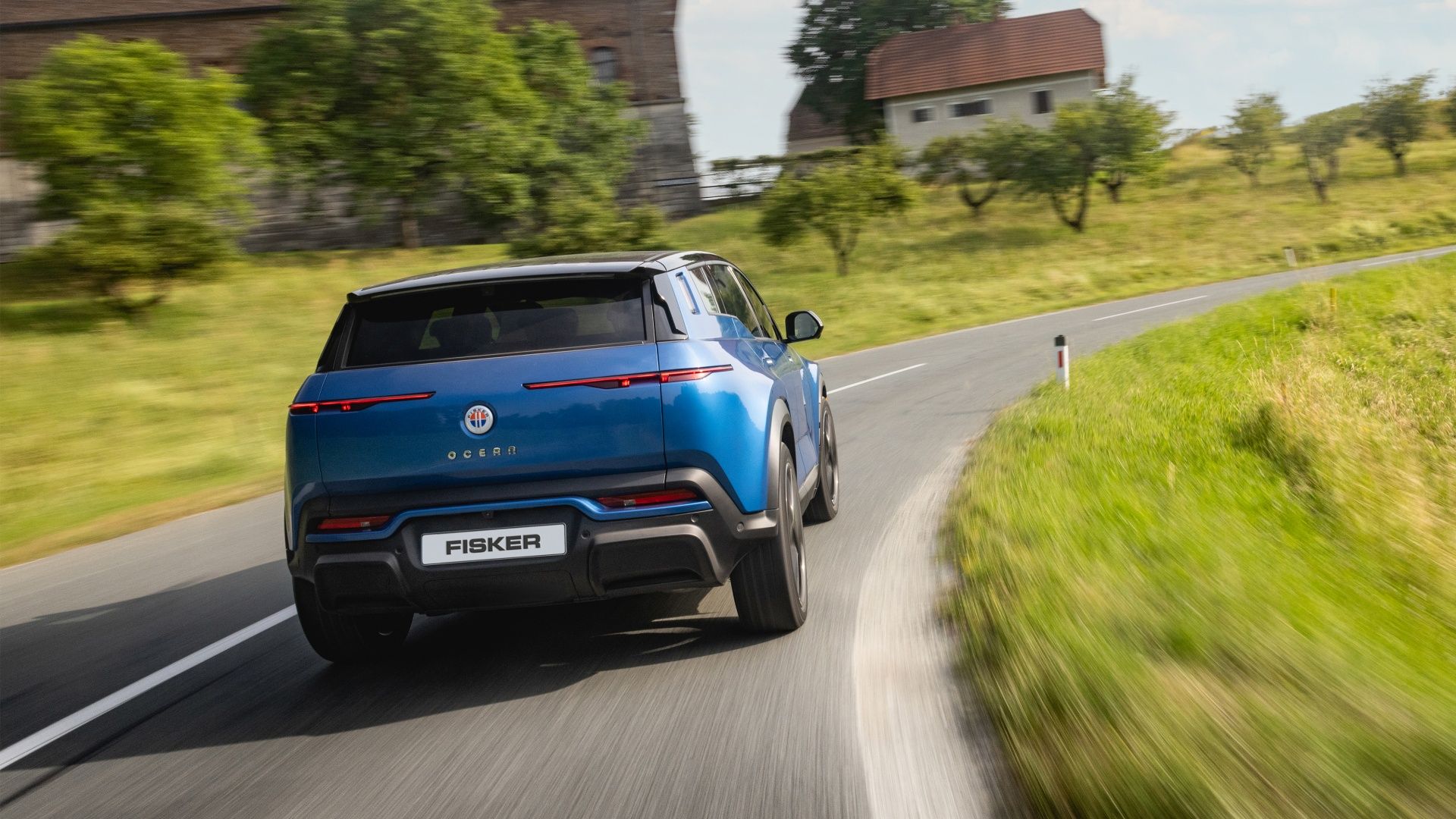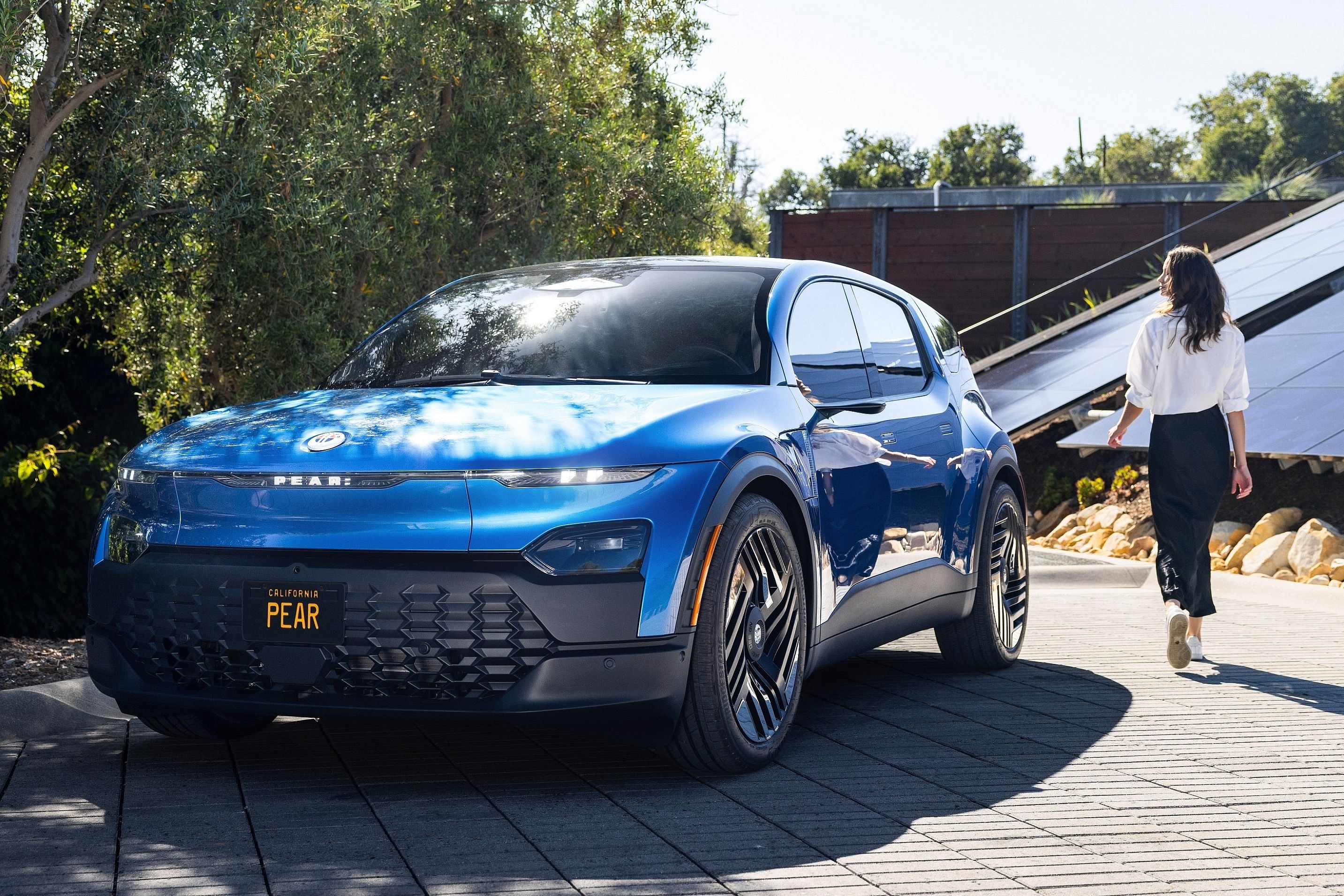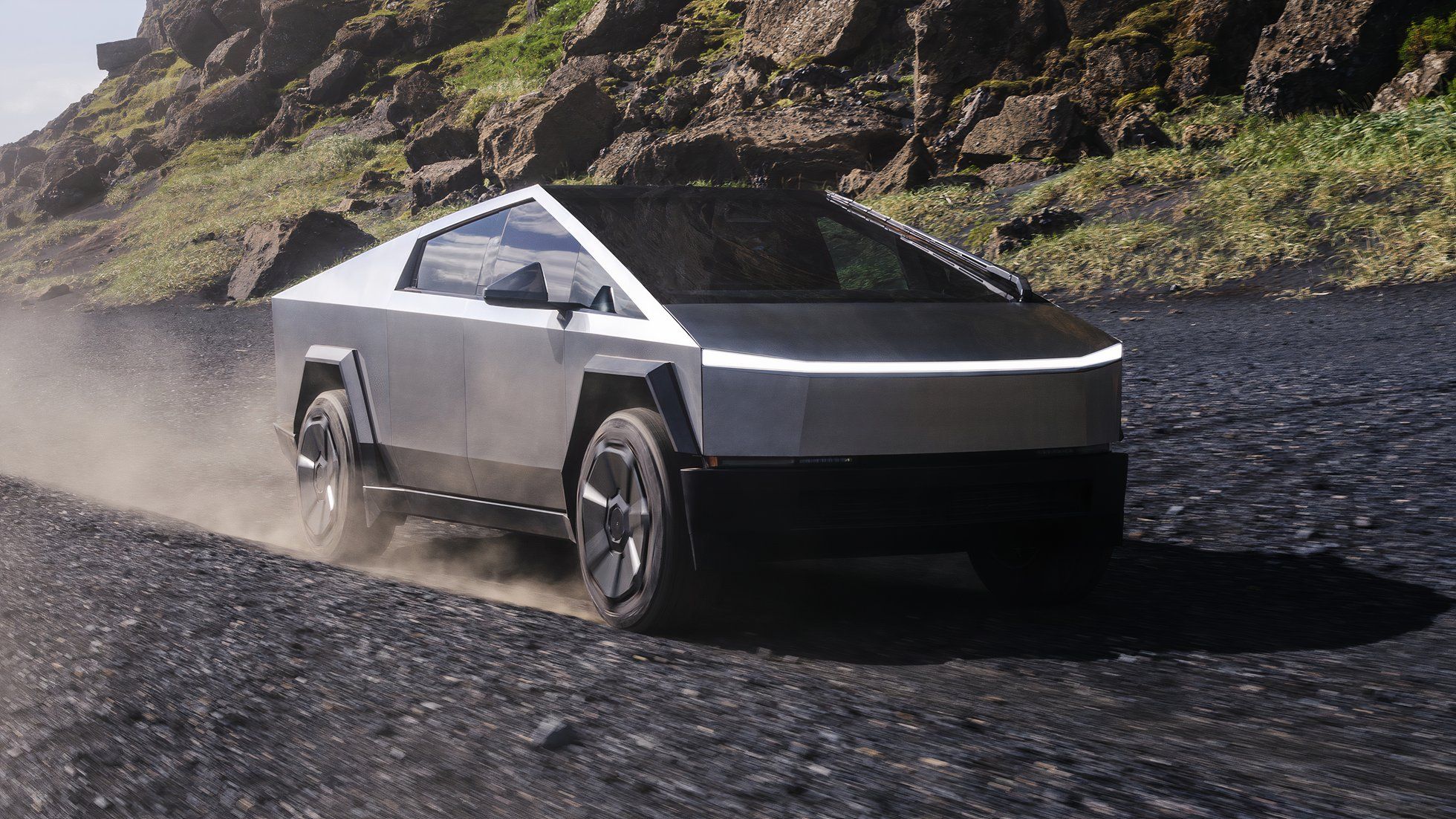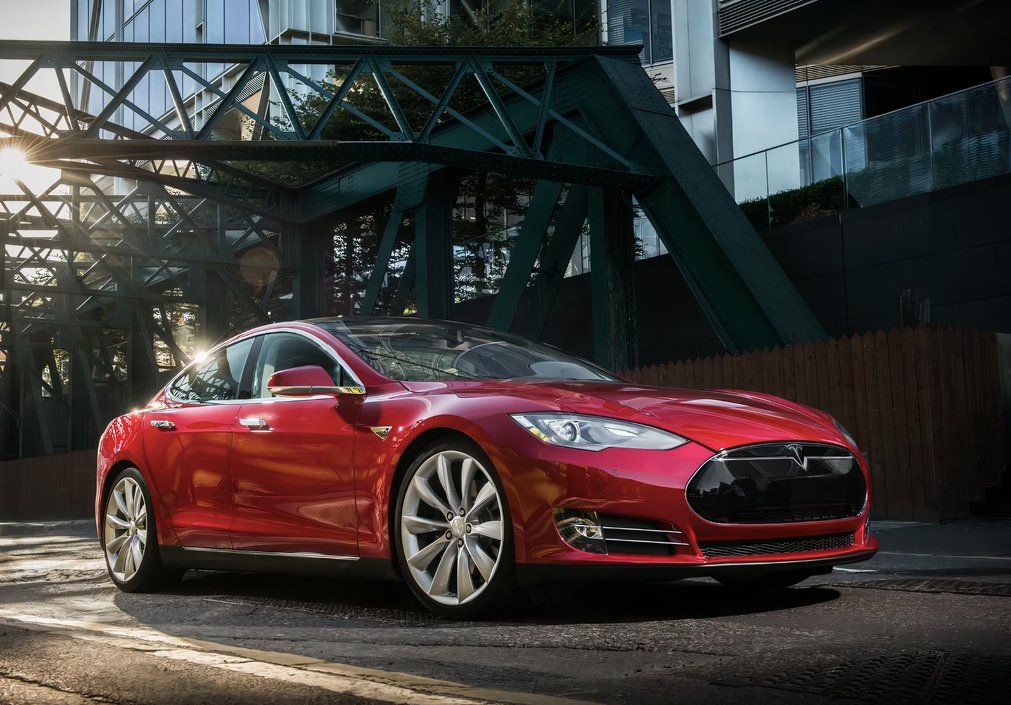Key Takeaways
- Fisker’s bankruptcy was inevitable, with a flawed product and strategy that couldn’t compete in the EV market.
- Lack of leadership and serious quality issues led to Fisker’s downfall, despite initial success and potential.
- Brand loyalty is crucial for EV startups, as seen with Tesla, but Fisker failed to establish a loyal customer base.
Yesterday, it was announced that Fisker had thrown in the towel. The embattled EV maker has filed for bankruptcy protection, with assets between $500 million and $1 billion and liabilities between $100 million and $500 million. The filings also show creditors somewhere between 200 and 999, and since production of the Ocean was halted, there’s no money coming in.
We can only assume that talks with other automakers interested in buying Fisker broke down, which means another EV startup is doomed. The list now includes Faraday Future (not there yet, but rapidly approaching bankruptcy), Sono Motors, Dyson, Canoo, Nikola, and Lordstown. In fact, only legacy automakers and three newly established mass-market brands have made it since Tesla started the electric revolution with the introduction of the Model S.
Related
It’s All Over: Fisker Files For Bankruptcy
We hate to say it, but this move was expected. What does this mean for the company’s future?
We’re talking about Lucid, which appears to be in good shape, and Rivian, which has now lasted long enough to introduce a facelifted version of its R1 models. That’s an extremely low success rate if you look back at all the brands established between 2010 and 2020. After all, building electric cars seemed like a much easier task than combustion-powered cars. Or that’s perhaps what hundreds of enthusiastic people with an idea and some money in the bank thought. If Tesla pulled it off with substandard products, surely anyone could do it.
But Fisker’s downfall is a cautionary tale, despite the brand having all the right ingredients to succeed.
Where Did Fisker Go Wrong?
It’s hard to believe it went wrong because Fisker had the perfect product and strategy. The Ocean was a cool midsize SUV boasting cool shock-and-awe features and an EPA-estimated range of 360 miles, which would have made it a strong competitor against the Tesla Model Y. Crucially, the range started at $38,999, which meant it was semi-affordable. At one time, it was popular enough for Fisker to increase production, and if the embattled defunct automaker could stick the landing, its future was secure.
The Ocean would be followed by an affordable compact SUV called the Pear, after which it would launch America’s first electric midsize pickup truck. That’s all the big segments covered, and the millions would start rolling in.
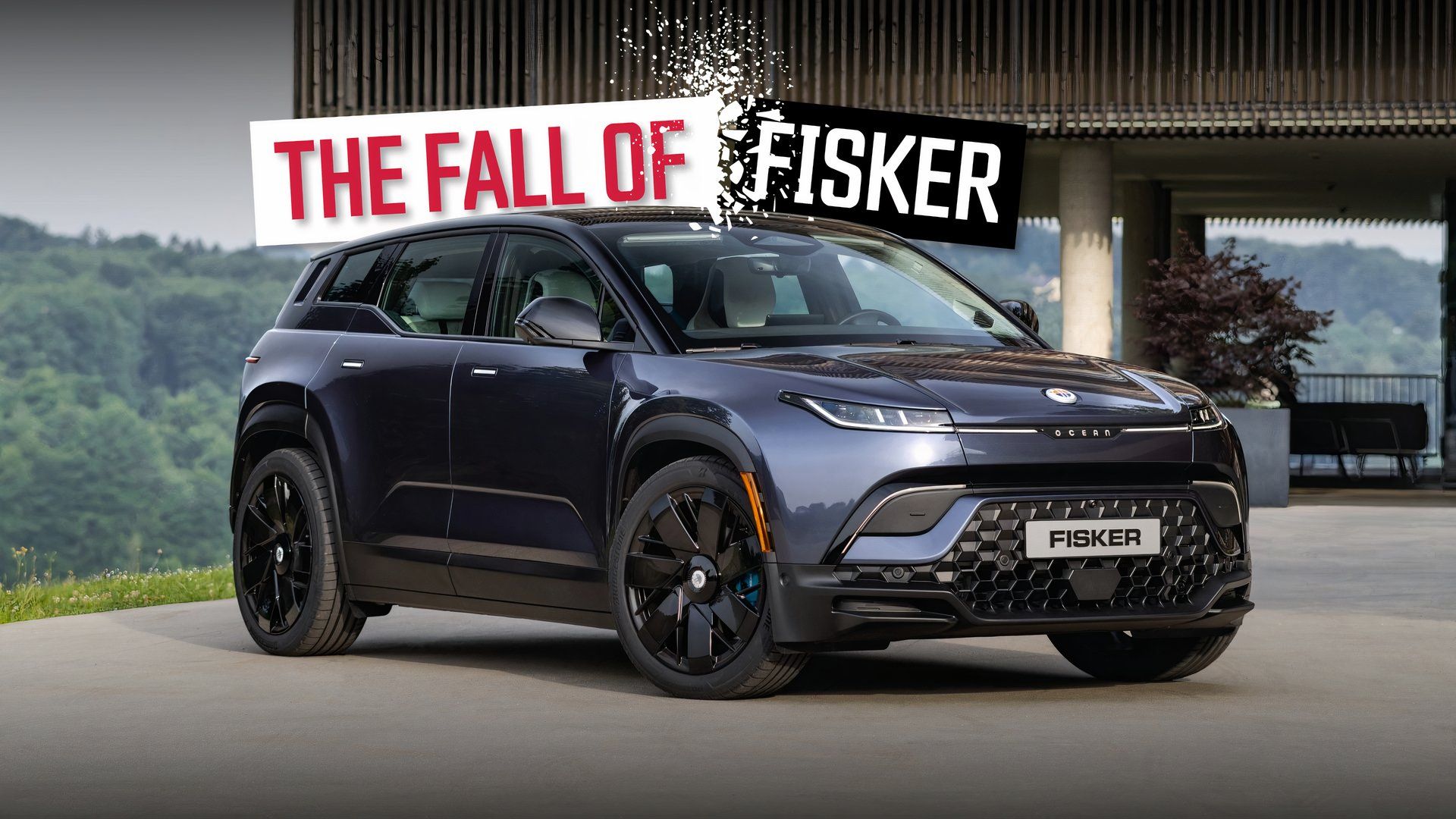
Related
The Fall Of Fisker: Employees Reveal The Untold Story
Life inside the EV startup was never easy despite employees who believed in the product.
Apparently, the company lacked leadership. Despite advice from senior staff members, Fisker appears to have been run by two people: Henrik Fisker and his wife, Dr. Geeta Gupta-Fisker. As we theorized a few weeks ago, the Ocean simply wasn’t right for production. If Fisker had spent another year or two working on the car, who knows what could have happened? But were the flaws serious enough to kill an entire car company? Let’s explore them.
Serious Quality Issues
People can forgive a lot, especially if a car is in its first model year. But the Ocean came out of the blocks with several high-profile problems, including a loss of power, a loss of braking power, and malfunctioning keys that locked people inside their vehicles. There was also a case of the Ocean’s roof spoiler coming off, but it seems irrelevant compared to the problems mentioned above.
Customers are willing to forgive a lot, as we shall soon see. But forgiveness requires loyalty, and loyalty isn’t built overnight.
The Delay Of Its Moneymaker
Launching a brand is a tricky business. While it may seem like a good idea to launch your cheap product first, you first need to establish a reputation. This can only be done by introducing a mid-level or high-end product first. Think of Tesla’s business model. First, it shocked the automotive industry with the Roadster, after which the high-end Model S was introduced. The moneymakers like the Model Y and Model 3 only followed years later, after Tesla firmly established what it was and what it stood for.
The Ocean would have cemented Fisker’s reputation as an innovative brand, setting the entry-level Pear up for success. Once Fisker revealed the Pear’s delay, we knew the problems were big. You don’t delay a significant model unless there are serious financial problems.
No Basic Logistical Systems
There were even reports of cars being delivered without customers paying. This could have been avoided with pen and paper. Heck, every computer on Earth has access to Google Sheets. In addition to this, there were also lost checks and paperwork, leading to the beancounters struggling to keep track of the income.

Add CarBuzz to your Google News feed.
Haven’t We Seen These Mistakes Before?
Every new brand or model has shortcomings, especially in the new EV segment. Legacy automakers have the advantage because they’ve had decades to refine the process in terms of quality checks, testing, building factories, or modifying production lines. Entire departments are dedicated to providing finance and getting money from people before they deliver cars.
EV startups struggling is not a new phenomenon. Lucid struggled for two years to reach production targets, and the same happened to Rivian.
Even Tesla is not immune. The new Cybertruck is a perfect example.
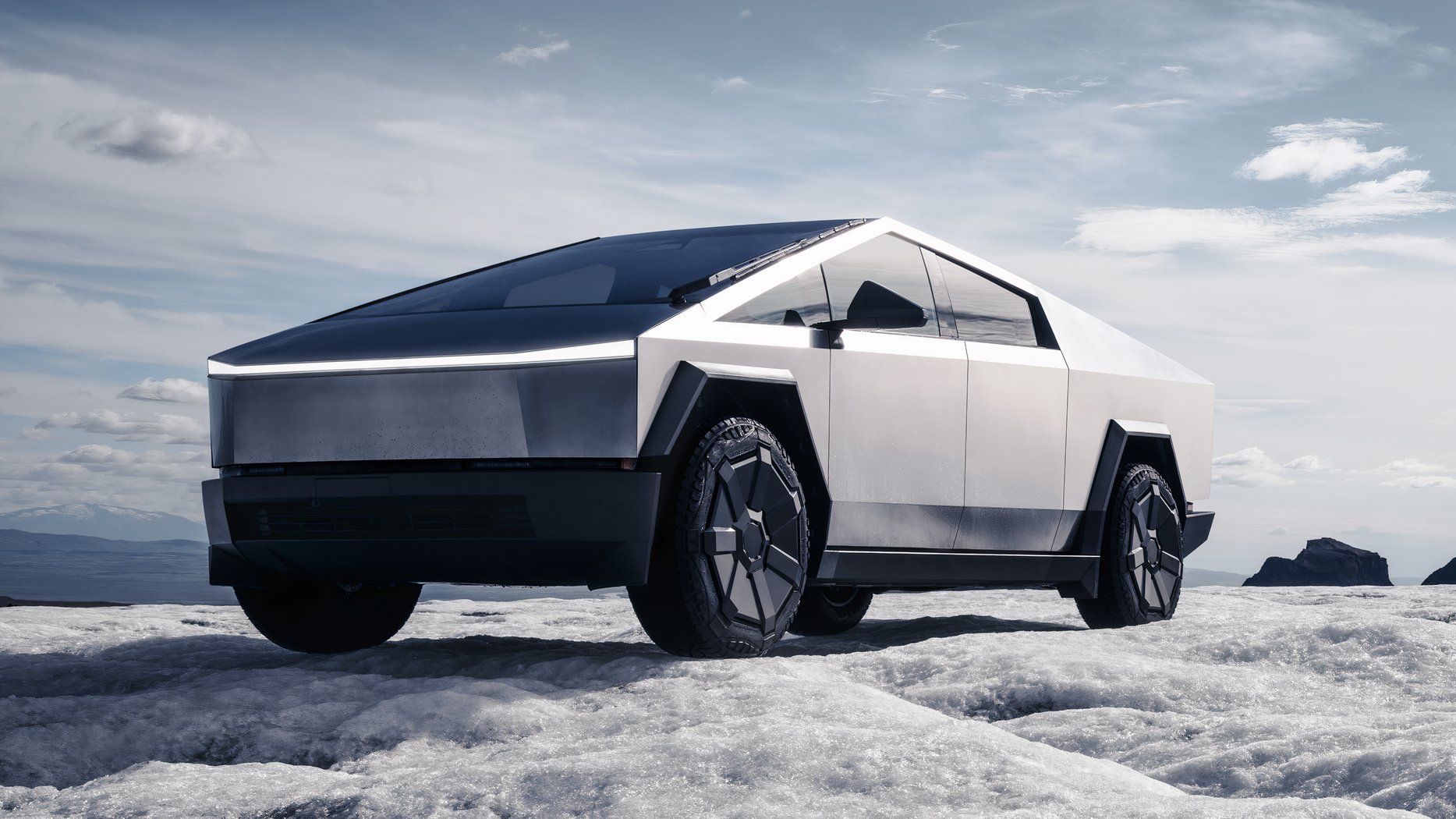
Related
Tesla Stops Cybertruck Deliveries For A Problem Updates Can’t Fix
It looks like one issue is raining on the Cybertruck’s parade.
Tesla has more EV-building experience than any other automaker, and yet the infamous Cybertruck is struggling with multiple issues. Recently, deliveries were stopped because of issues with the wiper motors. Its stainless steel body panels are expensive to replace, and the truck appears to be defeated by something as simple as a car wash. It was also recalled for a stuck accelerator pedal, which isn’t ideal for a massive car that can hit 60 mph in three seconds.
If the Fisker Ocean had this same set of problems, it would have been doomed, so what’s the difference?
Brand Loyalty Matters And Fisker Has None
The reason Tesla can get away with all of the above is brand loyalty. It has the highest retention rate in the industry, and loyal fanboys are willing to forgive almost anything. And it’s not just Tesla that has a crazy fanbase. Just about every brand out there has a fanbase that is willing to look beyond obvious flaws. BMW has its fanboys, and so does Mercedes. And let’s not even get started on American muscle car brands, though the move over to electrification has been a tough pill to swallow.
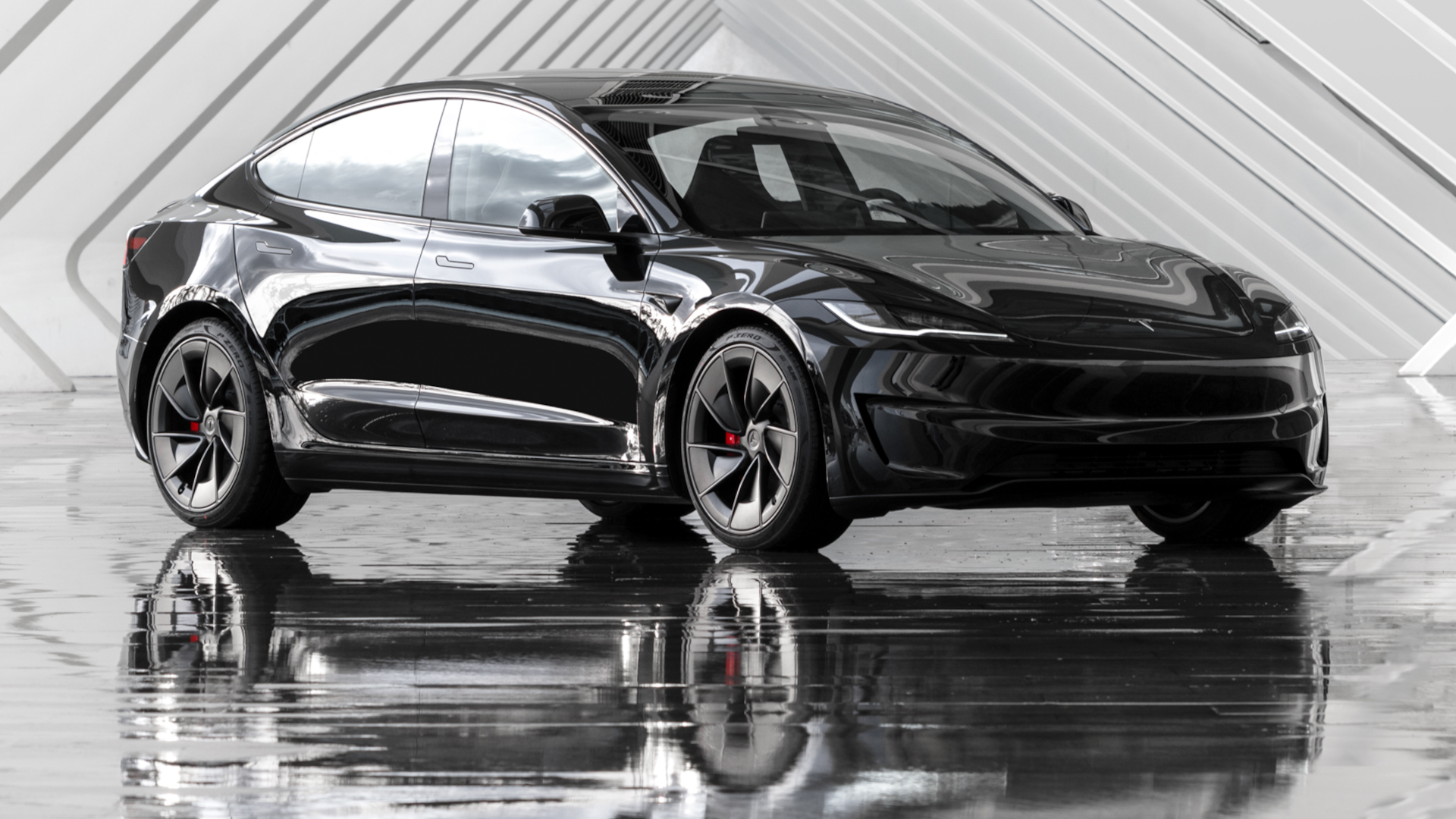
Related
7 Reasons Behind Tesla’s Insane Customer Retention Rate
Nearly 9 in 10 Tesla owners stay loyal to the brand. So what is Tesla’s secret that keeps them coming back?
We’ll keep on using Tesla as an example. Over the years, Tesla has become known for pushing boundaries, for better or worse. It’s edgy, modern, sometimes silly, and it lets customers play around with Level 2 systems that other automakers wouldn’t dream of implementing. It also launched the Cybertruck with bullet-resistant panels, which is why I keep seeing videos of people shooting stuff at their cars. I’ve also seen videos of people risking their own fingers to prove the Cybertruck’s frunk is safe, only to laugh like a maniac when it fails. But I get it. I own an Alfa, and it’s a money pit, but I love it to bits, and I will fight anyone who says otherwise.
Fisker didn’t have that.
Fisker Failed Because People Expected More
Fisker ran an impressive marketing campaign leading up to the introduction of the Ocean. In dribs and drabs, we learned about cool features like the rotating screen and the impressive mileage. But now that the real story has come out, we know the marketing people weren’t happy with this strategy. They must have known that the car wasn’t ready and that customers would not forgive a car they have no emotional connection to, and that’s exactly what happened.
I can see a Cybertruck owner forgiving Tesla if the truck locked its owner inside and refused to let him out. But if somebody wanted to buy a not-Tesla and had the same experience, they’d get rid of that car as soon as the locks started working again.
Fisker could have been a great company, but it shot for the stars too soon. It needed to build a reputation using an immaculate product, and instead, it delivered a car that wasn’t ready, and this is how the market responded. In the grand scheme of things, EV adoption has been slow, and in the last few months, it has slowed down even more. The last thing the world needed was another poor product, and Fisker paid the ultimate price.

